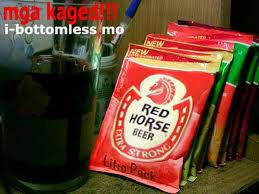The Health Benefits of Red Wine & Resveratrol
Resveratrol, in particular, has been demonstrated to be a potent anti-oxidant (about 20-50 times as effectively as vitamin C alone) and act synergistically with vitamin C enhancing the effects of each. Resveratrol has been demonstrated to have an anti-clotting effect that prevents the formation of thrombi or blood clots in the blood vessels. The formation of thrombi that block small blood vessels is believed to be a cause of heart attacks and strokes. Resveratrol has been demonstrated to have anti-cancer effects as well.
The incidence of heart disease and cancer among populations who consume a lot of red wine is dramatically less than those that don't even though they may also have a high fat diet. Resveratrol has also been demonstrated to promote the formation of new dendrites in the brain. Resveratrol and the other bioflavonoids and polyphenols are present in large amounts in the leaves, twigs and bark of the grape vines. Thus, red wine, which is fermented with the skins, seeds, twigs, etc. tends to contain much larger quantities of the beneficial substances than white wine which is fermented only from the pressed juice of the grape.































 Previous Year
Previous Year
